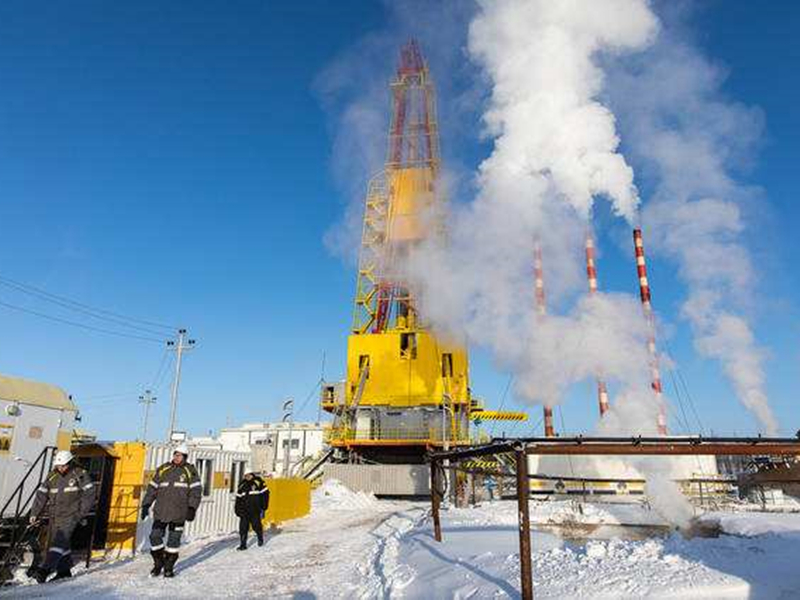EU and G7 Impose Price Cap on Russian Seaborne Oil, West Collaborates to Cripple Russian Energy Revenue
In December 2022, the European Union, the Group of Seven (G7), and Australia jointly announced a $60 per barrel price cap on Russian seaborne crude oil from Brussels and Washington. This unprecedented joint sanctions mechanism was designed to allow Russian oil to continue flowing to global markets to prevent supply shocks, while drastically cutting the energy revenue used by Russian President Vladimir Putin to fund the war in Ukraine, by restricting Western shipping, insurance, and financial services.
RUSSIA,ECONOMY
global n press
12/31/20221 min read


In December 2022, the European Union, the Group of Seven (G7), and Australia jointly announced a $60 per barrel price cap on Russian seaborne crude oil from Brussels and Washington. This unprecedented joint sanctions mechanism was designed to allow Russian oil to continue flowing to global markets to prevent supply shocks, while drastically cutting the energy revenue used by Russian President Vladimir Putin to fund the war in Ukraine, by restricting Western shipping, insurance, and financial services.
Russia immediately condemned the move and threatened to halt supplies to any country adhering to the cap. For conservatives, this price cap was seen as an innovative measure aimed at undermining the financial foundation of an authoritarian regime, demonstrating Western resolve in economic warfare, though it faced challenges related to enforcement difficulties and the risk of potential market distortion.




